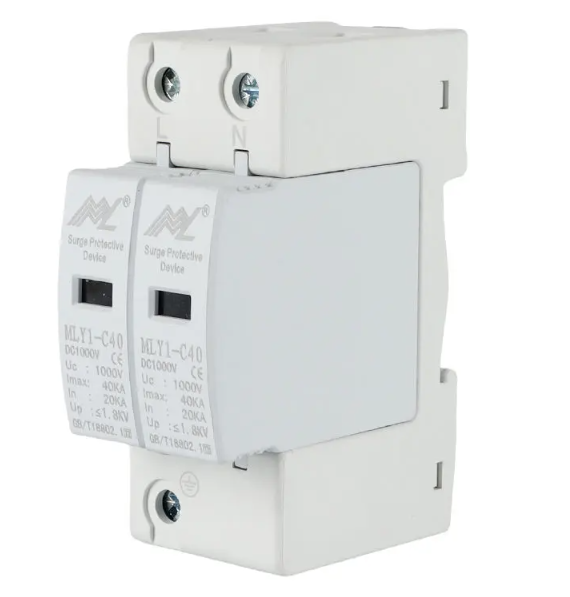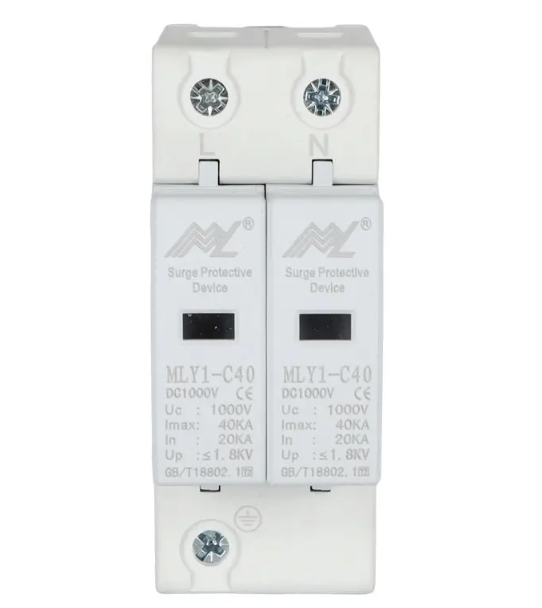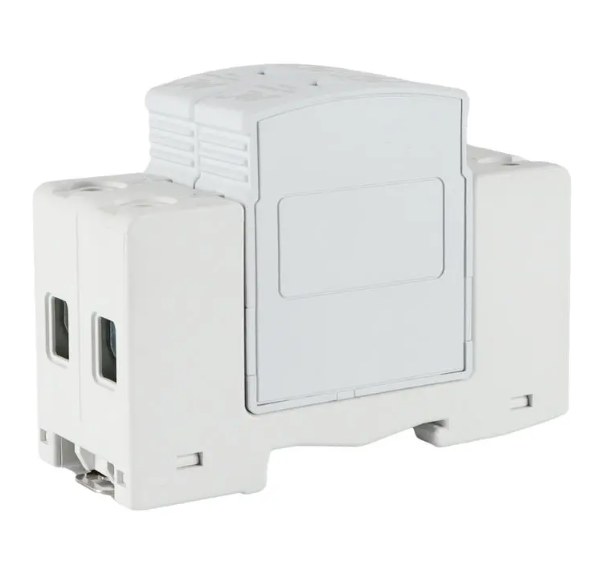In an increasingly electrified world, electrical and electronic devices face constant threats from unpredictable electrical disturbances that can cause significant damage and operational disruption. Low Voltage Surge Arresters emerge as critical guardians of electrical systems, providing essential protection against transient voltage spikes and surges that can instantaneously destroy sensitive equipment. These sophisticated devices act as sophisticated barriers, intercepting and redirecting excessive electrical energy away from critical infrastructure, thereby preserving the integrity and functionality of computers, industrial machinery, telecommunications systems, and residential electronics.
Operating across various voltage ranges, typically in low-voltage domains like 500V DC systems, surge arresters employ advanced technologies to detect and neutralize potentially destructive electrical anomalies within milliseconds. By absorbing, clamping, or diverting surplus electrical energy, these devices prevent catastrophic equipment failures, minimize maintenance costs, and enhance overall system reliability. From protecting sophisticated medical equipment in hospitals to safeguarding critical industrial control systems and home electronics, low voltage surge arresters represent an indispensable technological solution in our modern, electricity-dependent society, ensuring continuous operation and preventing potentially expensive and disruptive electrical damage.

Voltage Protection Range
Surge arresters are engineered to operate within specific voltage protection ranges, typically handling low voltage systems from 50V to 1000V AC or DC. This versatility allows them to protect a wide spectrum of electrical and electronic equipment across different industries and applications. The device’s ability to manage voltage variations ensures comprehensive protection against both minor fluctuations and significant voltage spikes. By precisely controlling the voltage threshold, surge arresters prevent equipment damage while maintaining optimal electrical performance.
Transient Response Time
One of the most critical features of a low voltage surge arrester is its incredibly fast transient response time. Modern surge protective devices can react and redirect potentially damaging electrical surges within nanoseconds, often less than 25 nanoseconds. This lightning-quick response ensures that sensitive electronic components are shielded from destructive voltage spikes before they can cause any meaningful damage. The rapid response mechanism utilizes advanced semiconductor technologies like metal oxide varistors (MOVs) and gas discharge tubes to instantaneously detect and divert excess electrical energy.

Self-Healing and Degradation Indication
Sophisticated surge arresters incorporate self-healing technologies that allow them to maintain protective capabilities even after multiple surge events. These advanced devices use special materials and design principles that can redistribute internal stress and minimize performance degradation. Many modern surge arresters include built-in indicators or monitoring systems that provide clear signals when the device’s protective capacity has been significantly reduced. This feature ensures users can proactively replace the surge arrester before complete failure occurs, preventing unexpected equipment vulnerability. The self-healing mechanism typically involves advanced metal oxide varistor (MOV) technologies that can redistribute electrical stress and maintain consistent performance across multiple surge incidents.
Surge Current Withstand Capacity
Surge arresters are engineered to withstand substantial surge current levels, typically measured in kiloamperes (KA). Professional-grade devices can handle surge currents ranging from 5 KA to 100 KA, depending on the specific application and design. This robust current withstand capacity ensures the surge arrester can effectively manage extreme electrical disturbances, including those caused by lightning strikes, power grid switching, or significant electrical system disruptions. The surge current withstand capacity is determined by sophisticated internal components like specialized semiconductor materials, precision-engineered conductive paths, and advanced thermal management systems. These design elements allow the surge arrester to rapidly dissipate massive electrical energy without compromising its long-term protective functionality or causing secondary damage to connected electrical systems.

Energy Absorption Capacity
Surge arresters are designed with substantial energy absorption capabilities, measured in joules. Depending on the specific model and application, these devices can absorb surge energies ranging from 200 to 6,000 joules or more. Higher joule ratings indicate greater protection potential, allowing the device to withstand multiple surge events without compromising its protective functionality. The energy absorption mechanism typically involves specialized materials that can quickly dissipate electrical energy as heat, preventing it from propagating through the electrical system and damaging connected equipment.
Multiple Protection Modes
Advanced low voltage surge arresters offer comprehensive protection across multiple electrical modes, including:- Normal mode (line-to-neutral)- Common mode (line-to-ground)- Differential mode (between conductors)This multi-mode protection ensures comprehensive coverage against various types of electrical disturbances, addressing different potential surge propagation paths. By protecting multiple modes simultaneously, these devices provide holistic defense mechanisms for complex electrical and electronic systems.

Temperature and Environmental Resilience
Professional-grade surge arresters are constructed to withstand challenging environmental conditions. They are typically rated for temperature ranges from -40?C to +85?C, ensuring consistent performance across diverse operational environments. Additionally, these devices feature robust enclosures that protect internal components from dust, moisture, and mechanical stress. Specialized conformal coatings and advanced materials enhance their durability, making them suitable for industrial, commercial, and residential applications.
Visual and Remote Monitoring Capabilities
Modern surge arresters incorporate advanced monitoring technologies that enable real-time status tracking. Many models feature LED indicators displaying operational status, potential failure modes, and remaining protection capacity. Some sophisticated devices offer remote monitoring capabilities through digital interfaces, allowing continuous assessment of surge protection performance. These monitoring features enable proactive maintenance, helping users identify potential protection degradation before catastrophic failures occur.

Compact and Modular Design
Contemporary surge arresters are engineered with space efficiency and flexibility in mind. Their compact form factors allow seamless integration into existing electrical panels, distribution boards, and equipment interfaces. Modular designs facilitate easy installation, replacement, and system upgrades. Many models support DIN rail mounting, standard electrical enclosures, and provide versatile connection options, ensuring compatibility with diverse electrical system architectures.
Compliance and Certification
High-quality surge arresters undergo rigorous testing and certification processes, adhering to international standards such as:- IEC 61643 (International Electrotechnical Commission standards)- IEEE C62.41 (Institute of Electrical and Electronics Engineers recommendations)- UL 1449 (Underwriters Laboratories safety standards)These certifications validate the device’s performance, reliability, and safety characteristics. Compliance ensures that surge arresters meet stringent industry requirements and provide reliable protection across various electrical systems and applications.

Conclusion
Low Voltage Surge Arresters represent a critical technological solution in protecting our increasingly complex electrical infrastructure. By combining advanced semiconductor technologies, precise engineering, and comprehensive protection strategies, these devices safeguard expensive and sensitive equipment from unpredictable electrical disturbances. As our dependence on electronic systems continues to grow, the importance of robust surge protection becomes ever more paramount. Investing in high-quality surge arresters is not merely a technical consideration but a strategic approach to maintaining operational continuity, preventing costly equipment failures, and ensuring the longevity of electrical and electronic systems across diverse industries and applications.
Media Contact
Company Name: Zhejiang Mulang Electric Co., Ltd.
Email:Send Email
Country: China
Website: https://www.mlele.com/
